PROTECT YOUR DNA WITH QUANTUM TECHNOLOGY
Orgo-Life the new way to the future Advertising by AdpathwayOctober gardening in USDA growing zones 3 through 5 means frosty nights and harvesting cool-season crops like spinach, broccoli, kale, and root vegetables. October gardening tasks include end-of-season cutback and tidying to prepare beds for successful overwintering. It also means establishing the future garden, from sowing perennial seeds to getting spring-flowering bulbs in the ground.
As the landscape quiets, there’s still plenty to enjoy of the fall harvest and in the transition from flowers to seedheads. Zones 3 and 4 are well in the frost zone, while zone 5 frost approaches in mid-month, lending days or weeks more of growing and harvesting cold-tolerant crops.
October gardening in zones 3 to 5 brings opportunities to expand our collections by saving seeds from perennials and food crops, and planting those that overwinter. This month also lets us savor the heart of fall, enjoying pumpkins, frosty mornings, and preserved yields in autumnal cuisine.

Rocky Mountain Blue Columbine

Rocky Mountain Blue Columbine Seeds
Milkweed/Butterfly Flower

Milkweed/Butterfly Flower Seeds
Zones 3-5 First Anticipated Frost
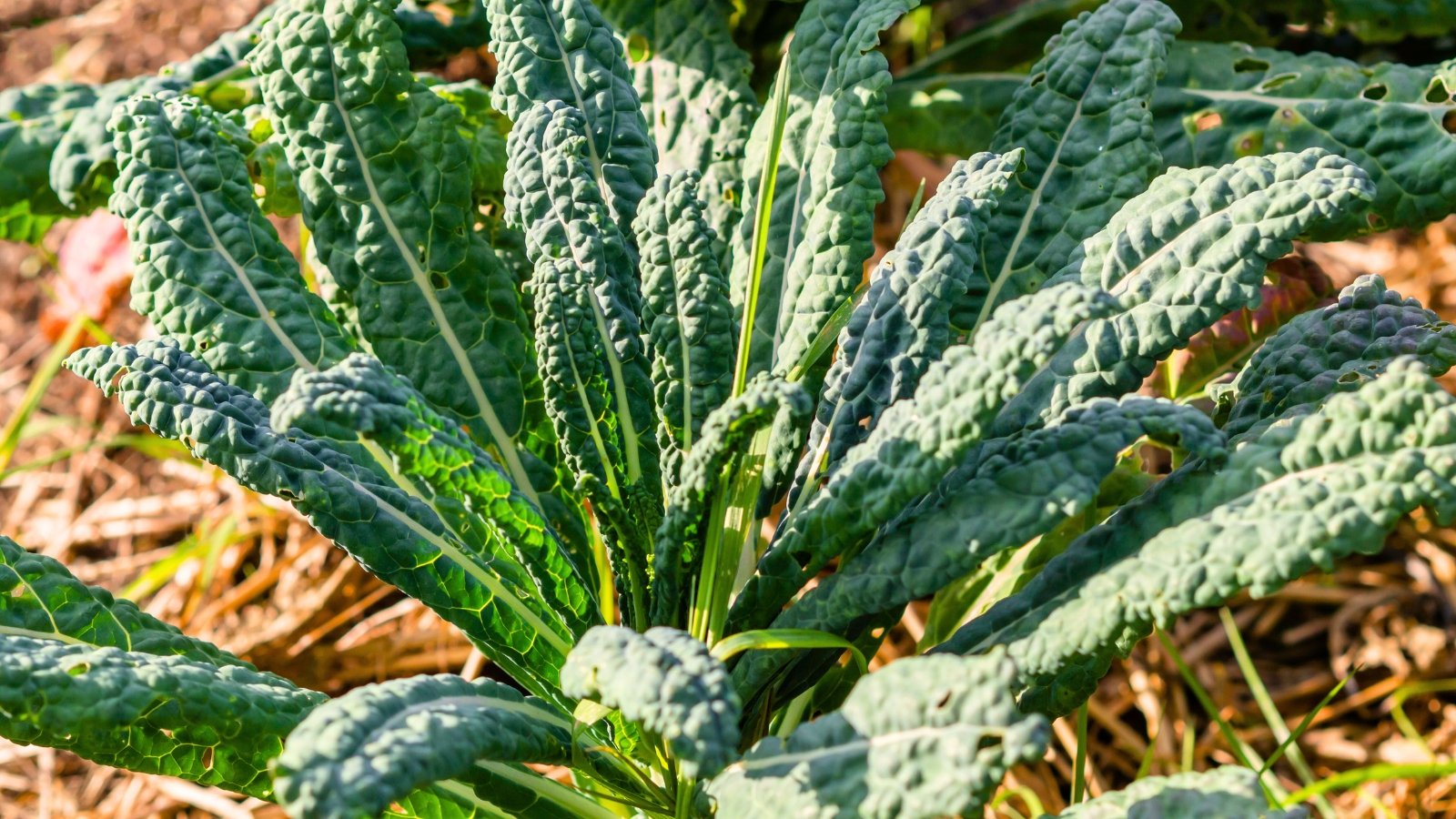 Frost determines what tasks you should focus on.
Frost determines what tasks you should focus on. By October, frost is here, or nearly so, in zones 3, 4, and 5. The first anticipated frost serves as a guide in timing when to plant, harvest, and protect sensitive selections.
Frost date estimates use climate data to offer a scope of when frost is likely. The dates don’t account for microclimate or specific site conditions, but are useful in timing October gardening in zones 3 to 5.
Gardeners in zones 3 and 4 should be harvesting the last rounds of cool-season, frost-tolerant crops, while zone 5 has longer to grow out fast-developing varieties. The flavor of many fall favorites, like carrots, parsnips, kale, cabbage, and turnips, sweetens with frost.
Here are the estimated first frost dates:
- Zone 3: September 8-15th
- Zone 4: September 21-October 7th
- Zone 5: October 13-21
Cool Season Growing and Harvesting
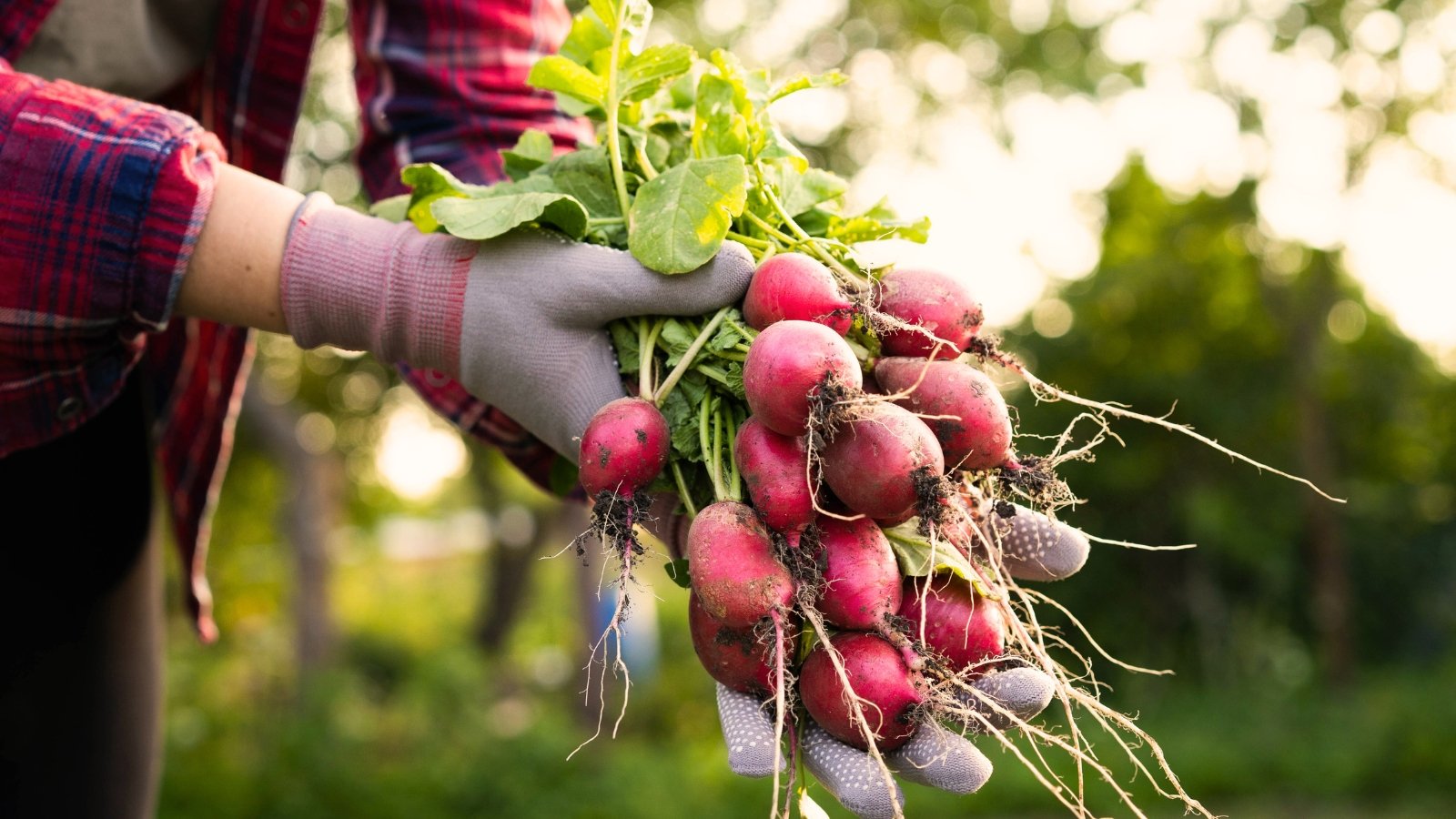 Harvest the last of your vegetables this month.
Harvest the last of your vegetables this month. October means enjoying the last of the harvest in zones 3 and 4, with pumpkins and other winter squashes brought indoors for enjoying, storing, and preserving before frost. More tolerant crops like sturdy Brassicas are lending their final leaves and roots for pulling.
In zone 5, quick-to-develop crops like radishes, salad turnips, and leafy greens continue to germinate under warmth and, with protection, continue to produce.
Plant bulbs like garlic and shallots in October across zones 3, 4, and 5. Plant them in early October to get them settled and rooted before soils freeze. Zone 3, even better if you got them in the ground in September. Add extra mulch to insulate new plantings across early freezes.
Extend the Season
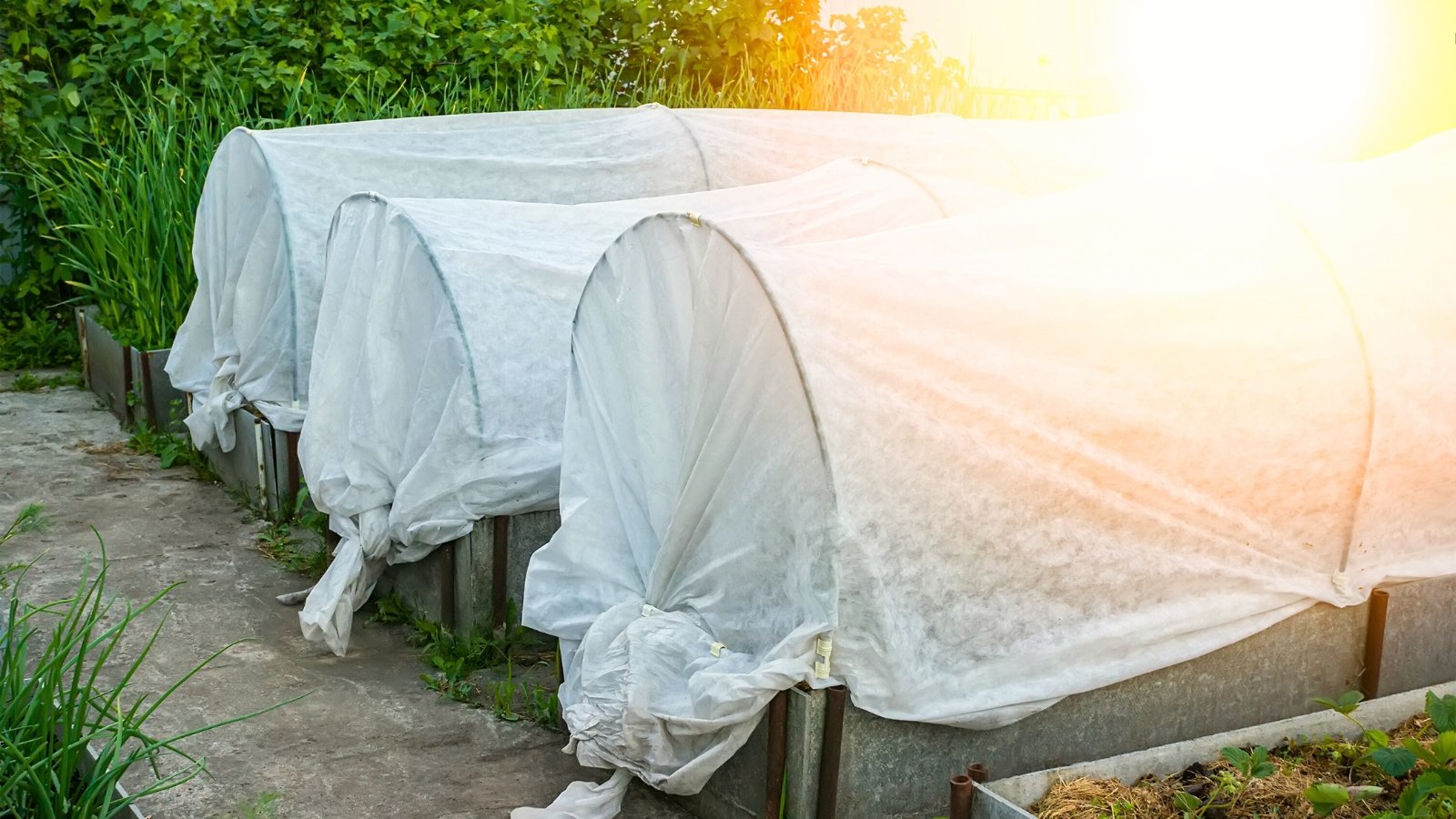 Use protection to keep crops safe from frost.
Use protection to keep crops safe from frost. Frost-tolerant crops last into late fall with insulation against frigid conditions. Hardy crops withstand light frosts and even benefit from exposure, though they won’t grow in deep freezes or frozen soils.
For crops planted in late summer in zones 3 and 4, floating row covers and frost cloth extend the harvest in the short growing season. Zone 5 takes the harvest even further with added insulation.
Consider crop covers or a cold frame, whether in the ground or raised beds. They insulate the leaves, crown, and roots while still allowing access to sunlight and natural moisture, and expand the options for growing hardy annuals, herbs, and vegetables, especially Brassica and root crops, this month. Floating row covers, hoop systems, and other insulative measures also allow us to start planting earlier in spring in cold climates.
Direct Sow Perennials
 Some native perennials grow best when planted in October.
Some native perennials grow best when planted in October. Post-frost this month is prime time to sow perennial seeds that benefit from cold stratification. Many native perennials need exposure to cold and moist weather over the winter, with warming temperatures in spring triggering germination. Seeds lie in place, even under snowpack, until conditions are right for sprouting.
Cold stratification is a chill time for seeds that varies by species (usually temperatures near 35-40°F or 2-4°C for a month or two). The cold, followed by warming conditions, triggers seeds in internal dormancy, whose interior tissues need exposure to freeze and thaw conditions to sprout.
Look to perennials (and annuals, too) whose seeds naturally dry and drop in fall as cues for direct sowing. Scatter according to planting guidelines. Often, scattering with a light tamping is all our favorites need at planting.
Cutback and Bed Cleanup
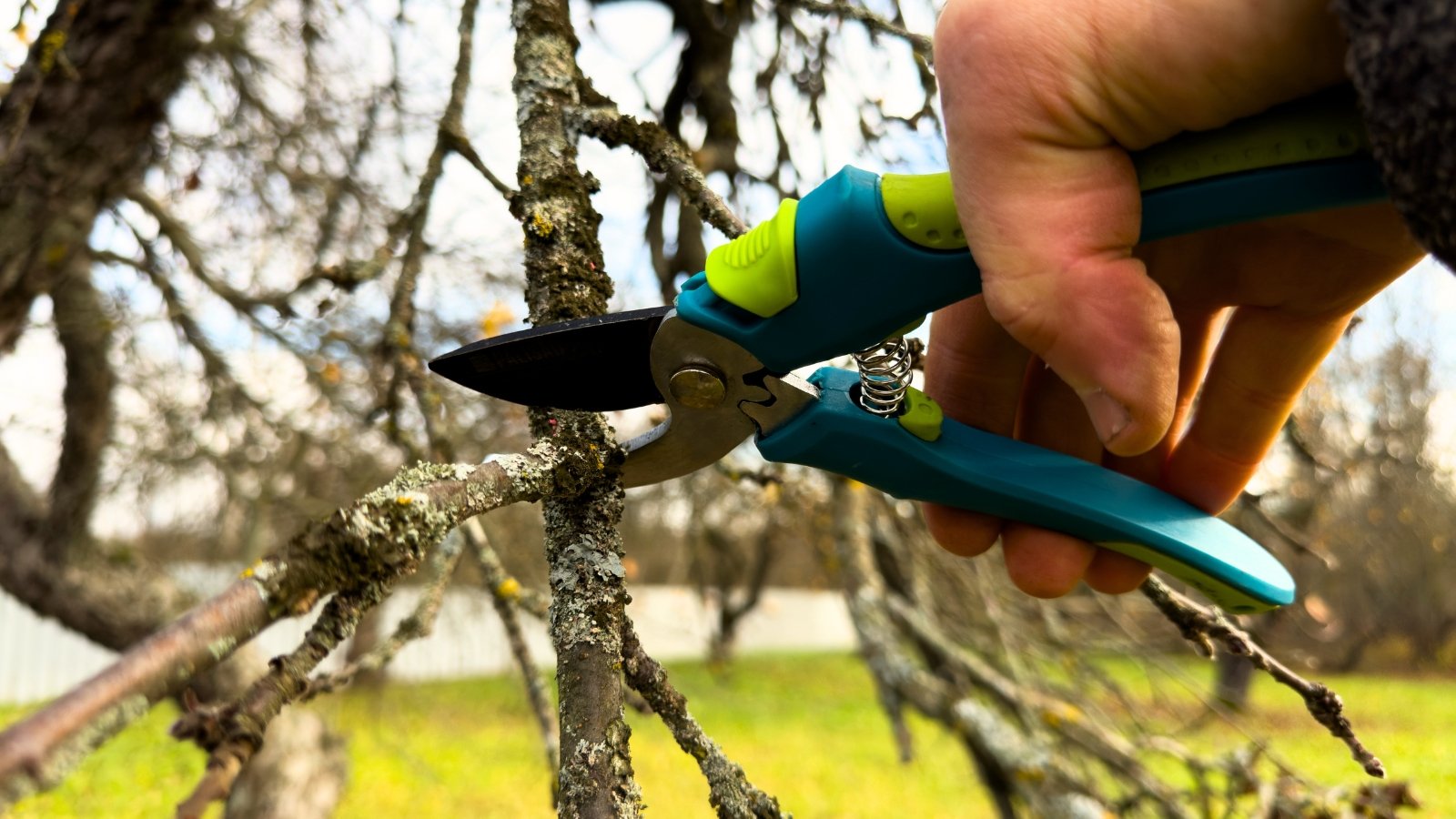 Only cut back certain perennials this month.
Only cut back certain perennials this month. This month in zones 3 to 5, select perennials are ready for cutback. After a few frosts, they’re in full dormancy for overwintering. Those that benefit from cutback include any prone to fungal problems that may overwinter in damp conditions near the crowns (hostas, beebalm, garden phlox).
Some perennials are best left standing throughout dormancy. Keep those with hollow stems intact for pollinator nesting. Leave those with seeds for birds and wildlife, and for winter interest. Some utilize their stems and leafy crowns as extra winter protection.
Across zones in October, a clean sweep of debris in beds promotes healthy overwintering. Dropped material harbors pests and diseases, even through the winter. Removing fallen leaves and petals around plants improves growing conditions for the following season.
Plant Spring-Flowering Bulbs
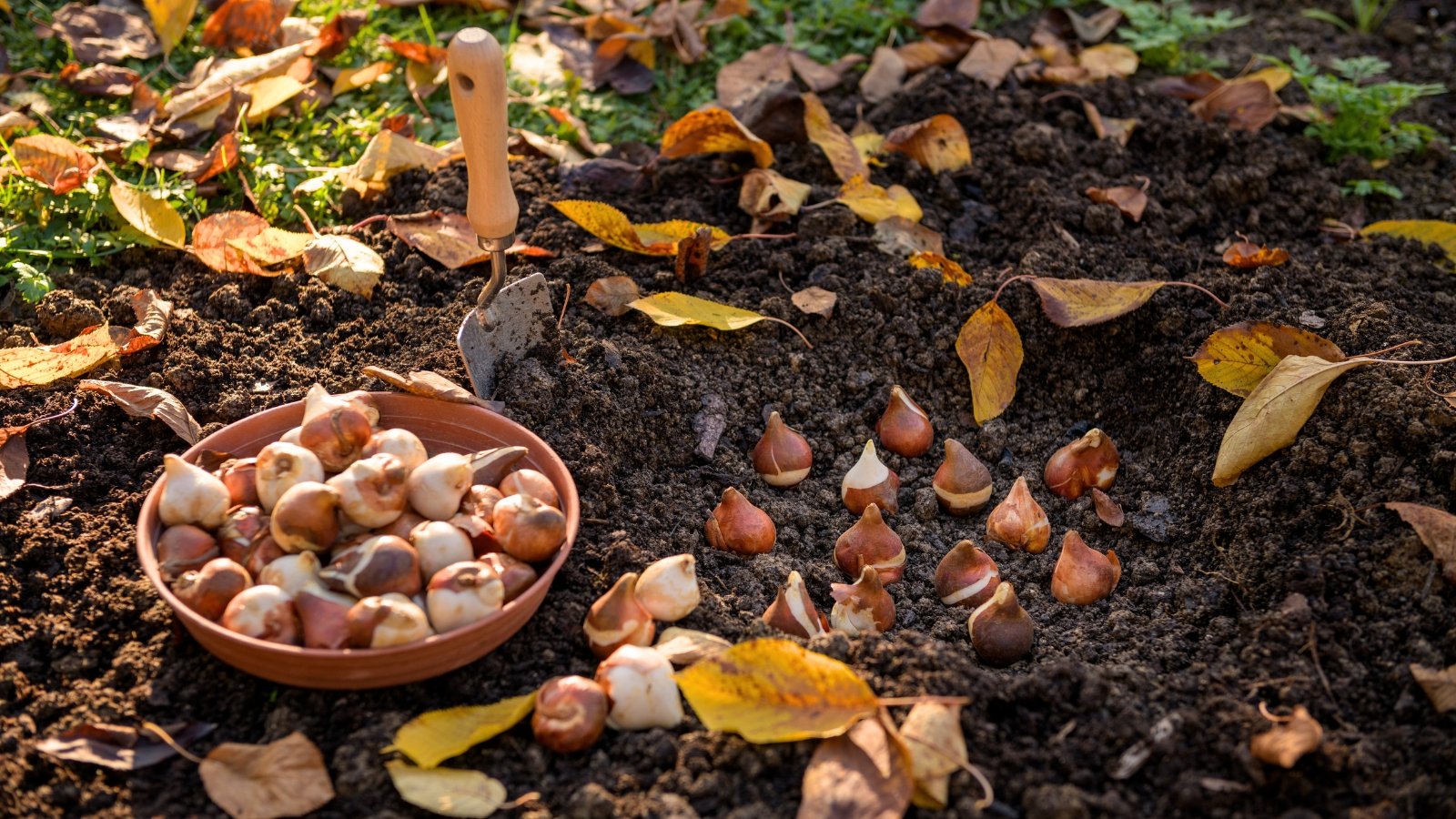 Spring bulbs need a period of cold in fall and winter to flower well.
Spring bulbs need a period of cold in fall and winter to flower well. October is ideal for planting spring-flowering bulbs. Bulb planting can continue as long as the soil is workable. Plant daffodils, snowdrops, tulips, hyacinths, and other exciting bulbs when soil temperatures begin to cool and nighttime temperatures are in the 40s and 50s (between 4 and 15°C) or lower.
Whether planting spring-flowering bulbs in the ground, in containers, or to “force” them for indoor flowering, cool temperatures are required to allow a necessary chill period that some bulbs require. Source pre-chilled bulbs and pot them up now for blooms around the holidays.
Protect Potted Specimens
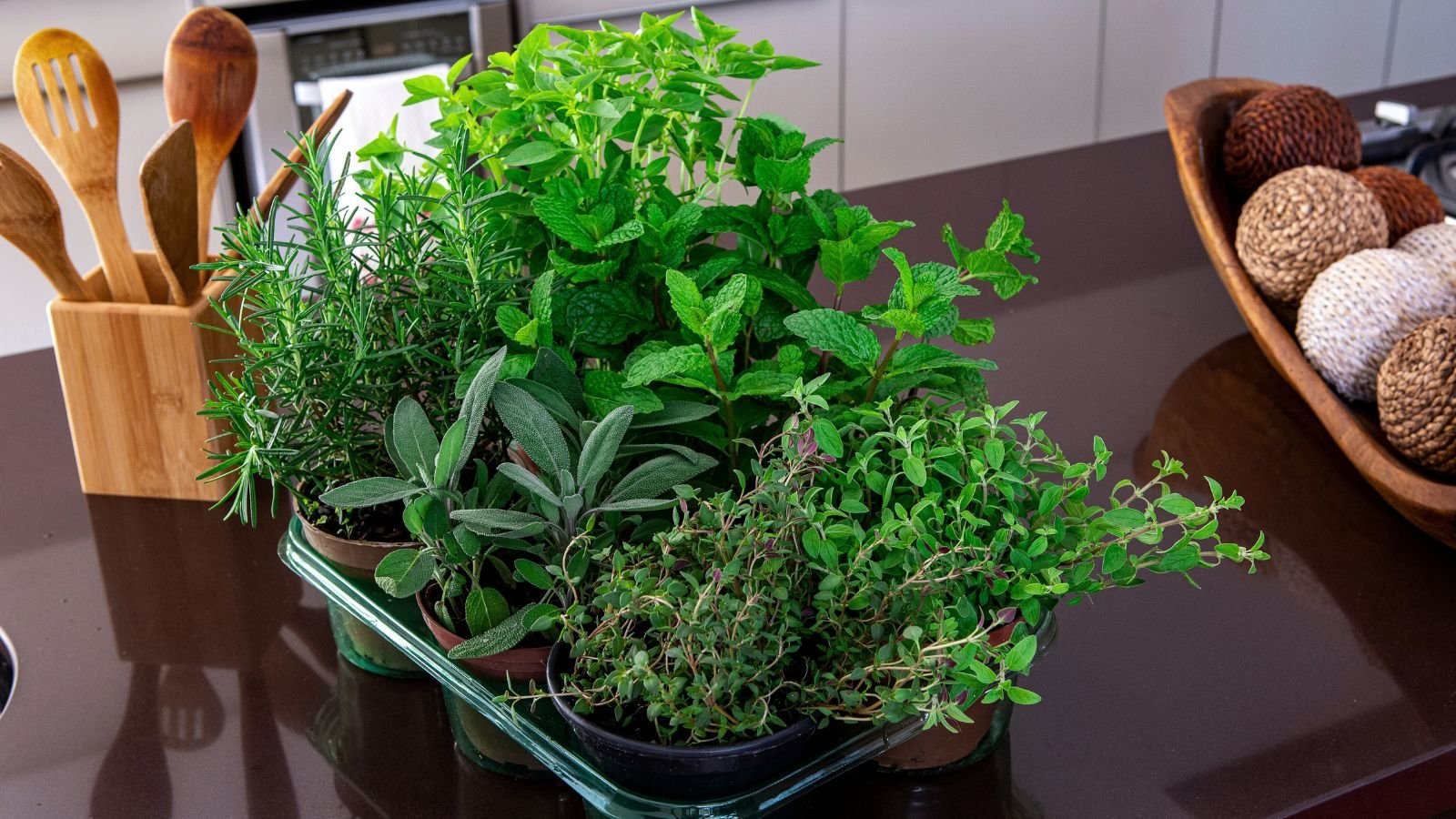 Move tender plants indoors for the winter season.
Move tender plants indoors for the winter season. Any tender plants we hope to save over the winter should be protected by now, either in a greenhouse, indoors, or in an unheated, sheltered space that doesn’t dip into the 30s (around 0°C), like a basement or garage.
Water well before making the transition, and then reduce watering sessions during the cool months since active growth slows. Check moisture levels once or twice monthly, watering sparingly to keep roots from drying out completely.
Utilize Fall Leaves
 Fall leaves make a great organic mulch.
Fall leaves make a great organic mulch. Mulching this month with compost, bark chips, or clean straw protects against fluctuating extremes and frost heaving during freeze and thaw cycles.
Fall leaves are a ready mulch resource with long-term benefits. They provide a natural mulch that nourishes soils through decomposition. They also shelter pollinators and other creatures that use them for nesting and overwintering.
To use leaves as mulch, place them as a natural cover across beds, or pile them to create leaf mold. Leave them where they drop or lightly rake whole leaves into beds to add insulation for roots as temperatures drop. Keep the layer off the stems to prevent fungal problems and maintain air circulation.
Protect Trees and Shrubs
 Newly planted trees need protection from temperature drops.
Newly planted trees need protection from temperature drops. In cold climates, young and newly planted trees benefit from extra protection. Trees within one to five years of planting are contenders for trunk wrapping.
Wrapping the trunks helps keep them insulated, protecting them from splitting in fluctuating temperatures. It also defends against sunscald from exposure. A special tree wrap material or kraft paper wound around young trunks does the job.
Borderline hardy shrubs like roses and hydrangeas benefit from added protection in zones 3 to 5. Prune any whippy stems of climbing roses. Mound a layer of leaves atop the crown and roots in dormancy.
A wire cage (chicken wire or similar flexible material) filled with leaves forms a cylindrical frame and insulating cushion to last all season. Wrapping with frost cloth can help during temperature extremes and cold snaps. Remove the protection in early spring as temperatures warm to promote new growth.


 2 days ago
8
2 days ago
8
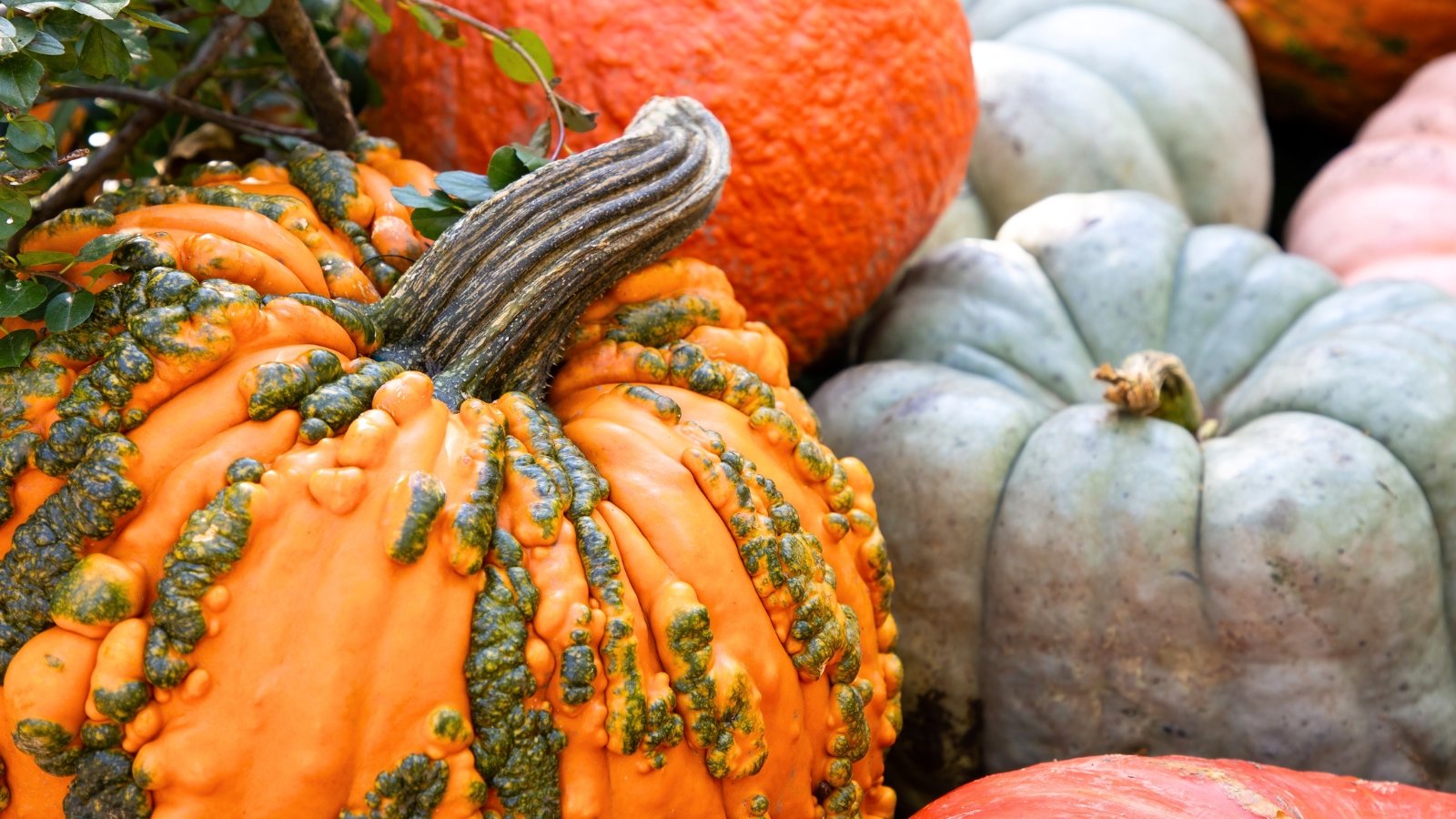
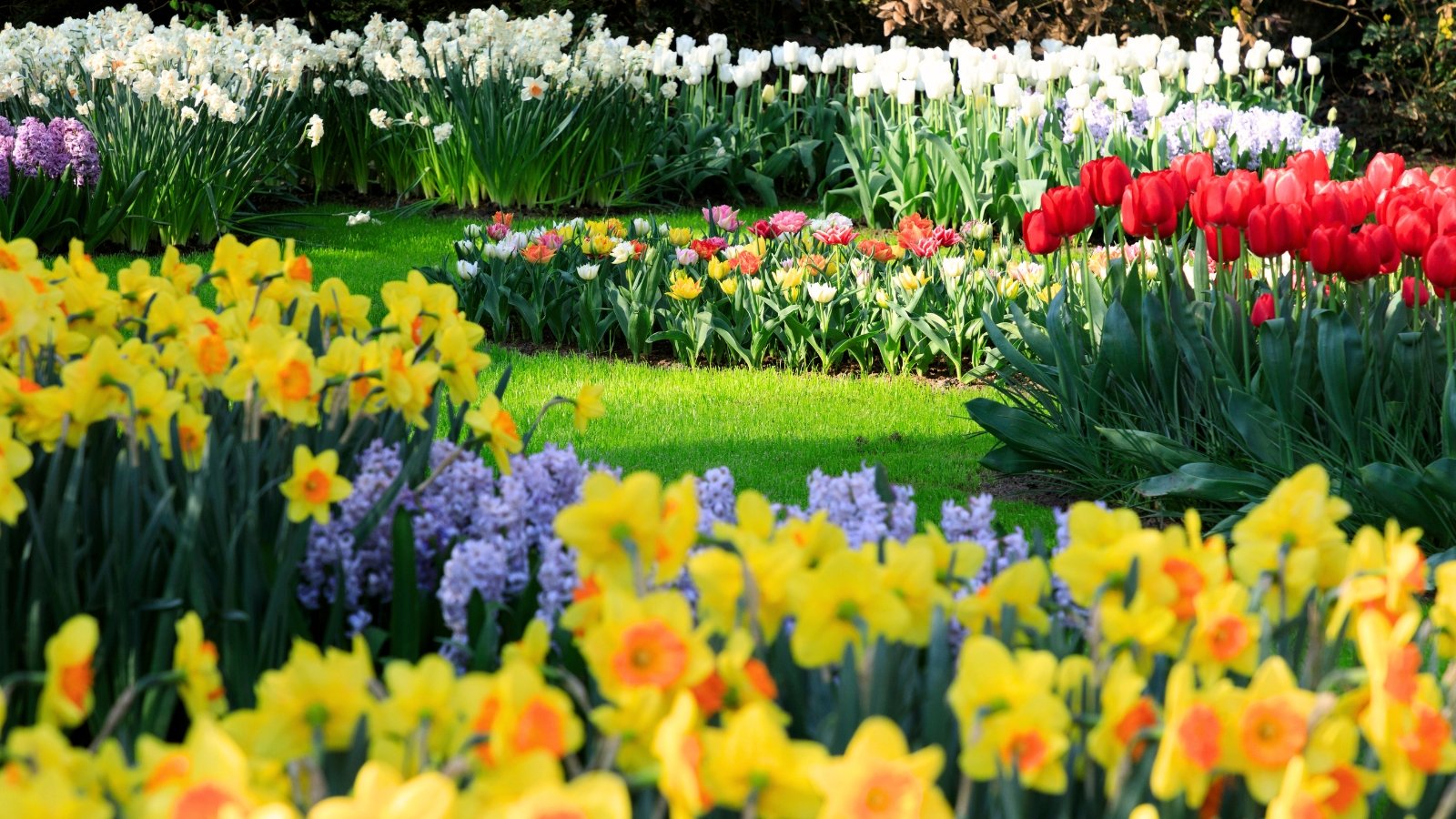
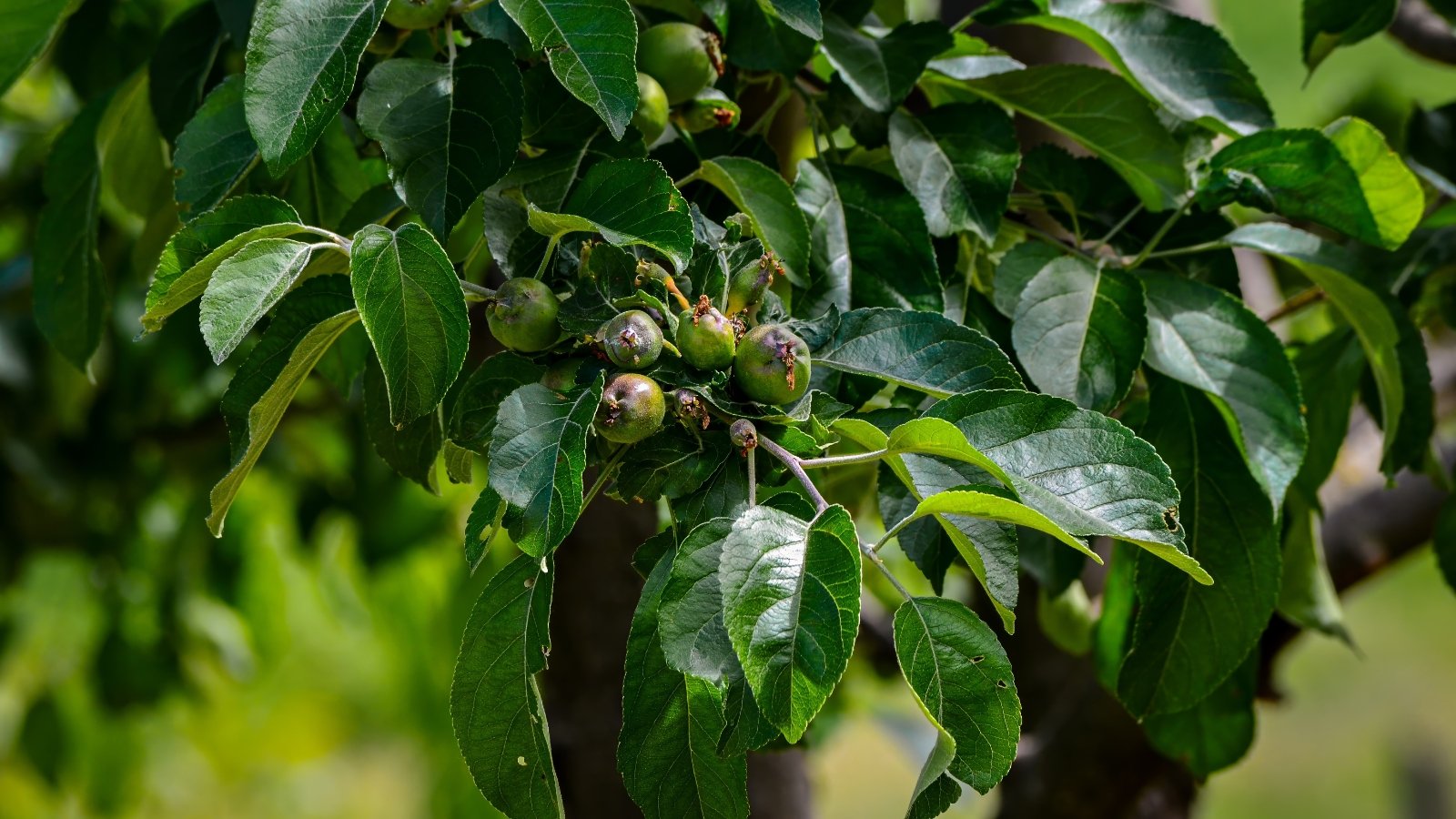
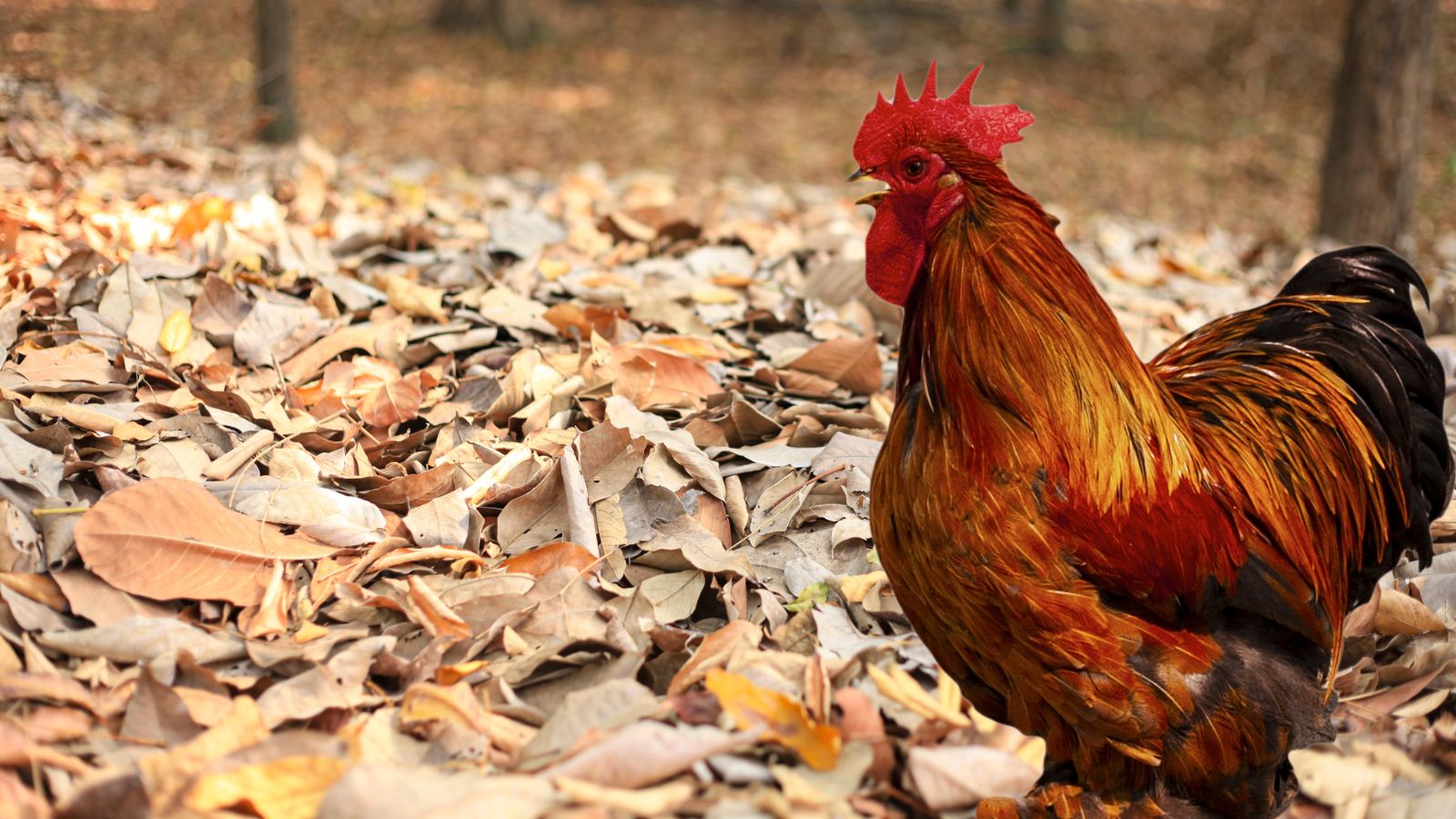
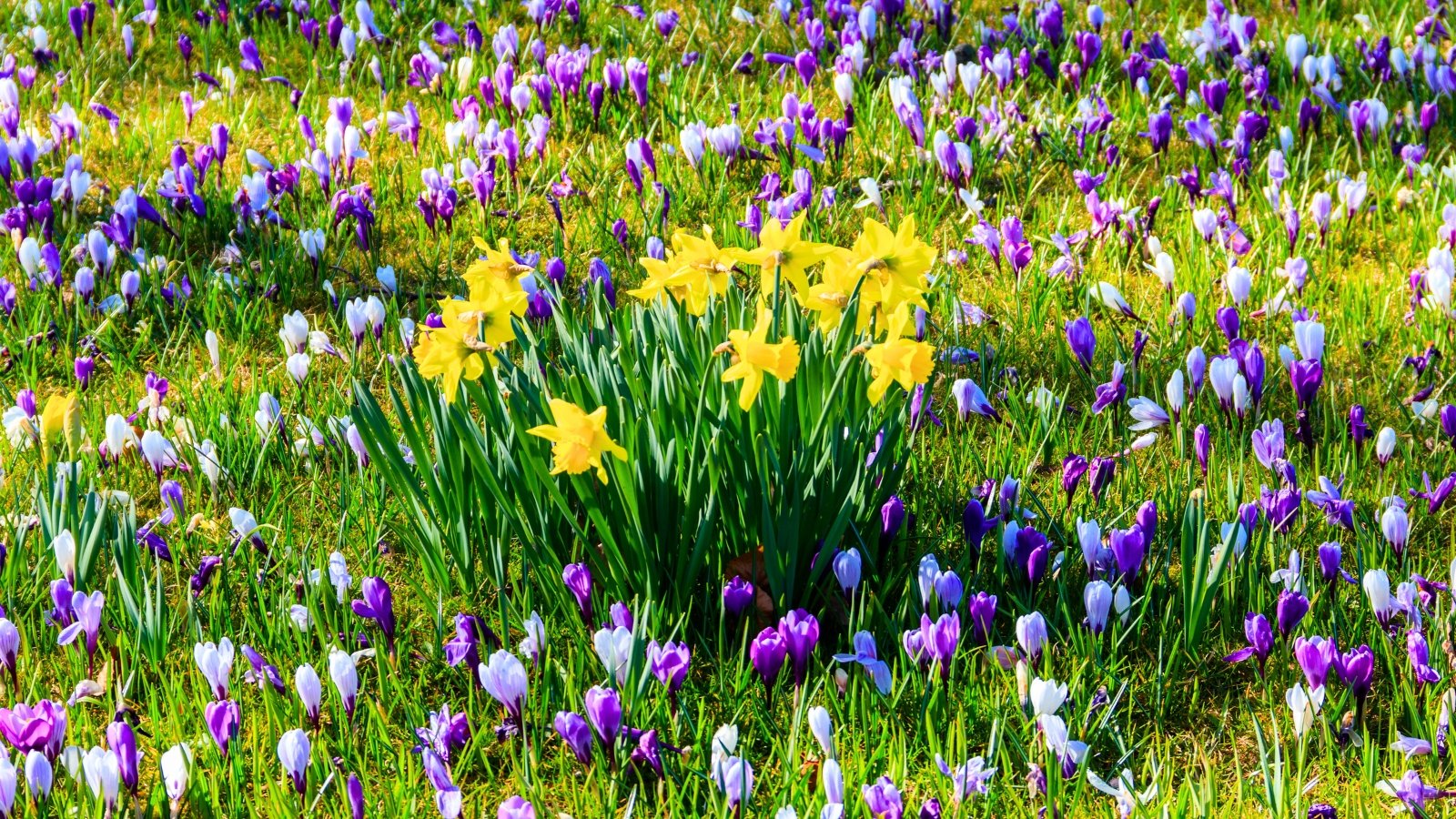
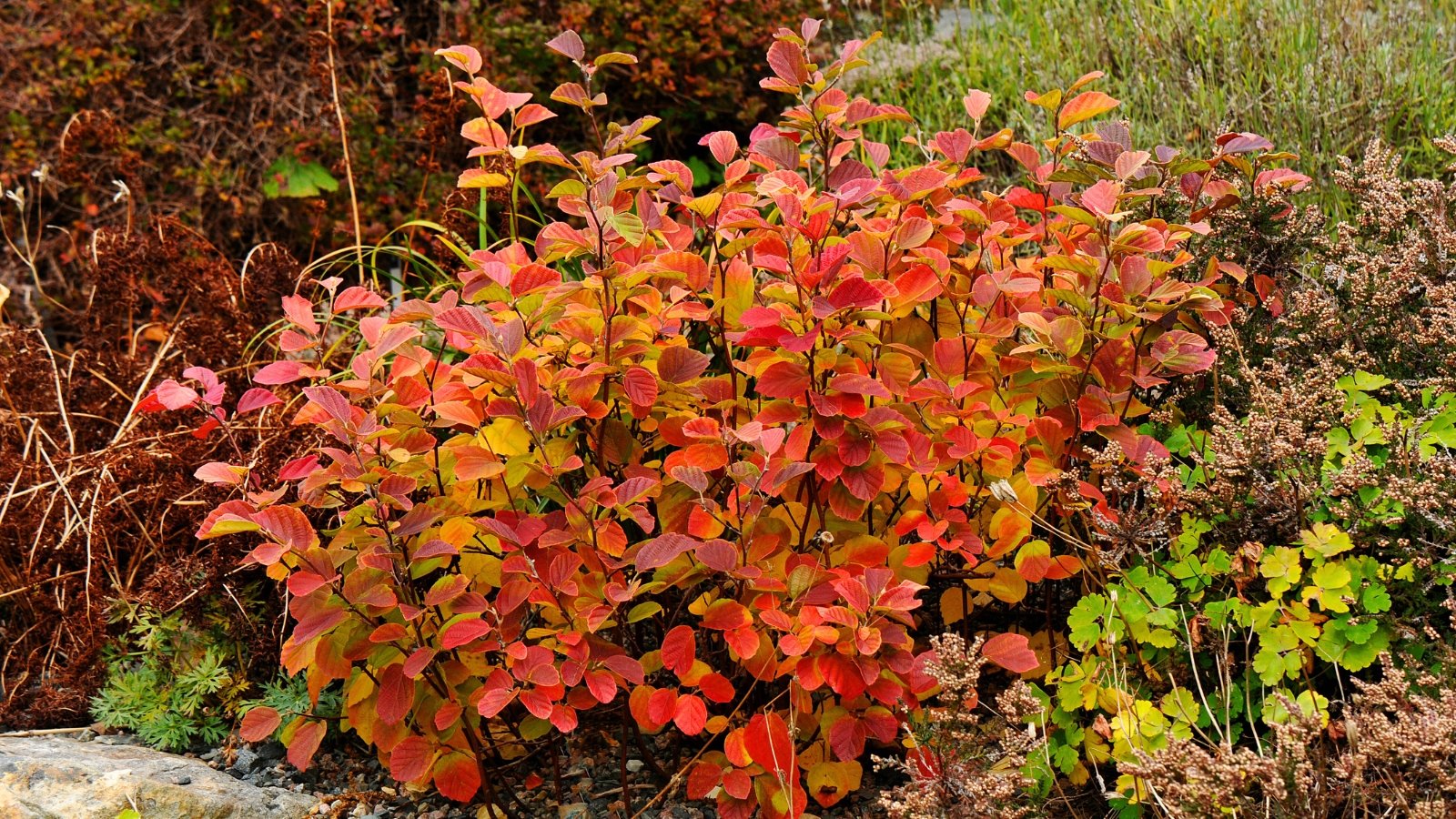
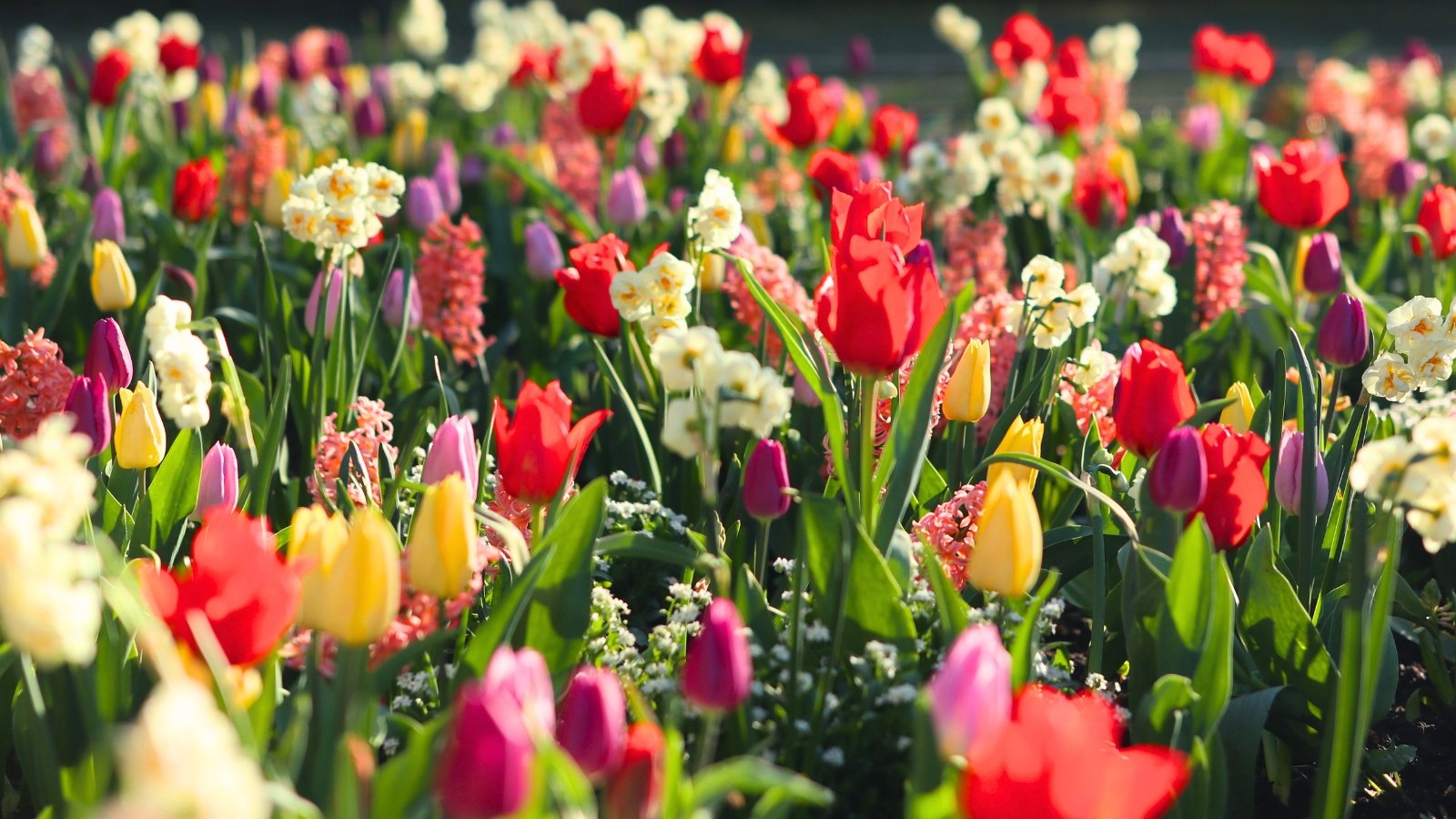














 English (US) ·
English (US) ·  French (CA) ·
French (CA) ·